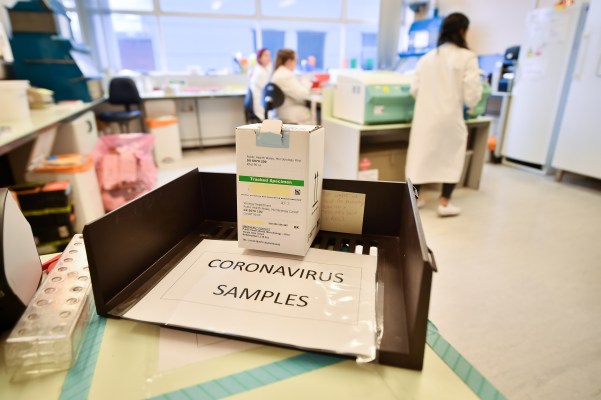LONDON (Reuters) - The dollar rallied on Friday, gaining sharply versus the yen, as stock markets rebounded and investors welcomed signs that governments and policymakers were prepared to do more to tackle the economic shock of the coronavirus.
Saudi riyal, yuan, Turkish lira, pound, U.S. dollar, euro and Jordanian dinar banknotes are seen in this illustration taken January 6, 2020. REUTERS/Dado Ruvic/Illustration
The greenback extended gains against several currencies after a blowout in swap spreads on Thursday signalled that investors want dollars. While those spreads came in on Friday, the dollar held strong.
Among the big gains was against the Japanese yen, up more than 2% to a weekly high at 107.17 yen on Friday.
The euro nursed losses despite European Central Bank policymakers trying to reassure markets following a big selloff in European assets on Thursday after investors were underwhelmed by the bank’s stimulus measures.
Norway’s central bank became the latest to cut rates on Friday in an attempt to limit the economic damage, sending the crown up around 2% against the U.S. dollar and the euro as investors welcomed the move to support the oil-dependent economy.
Analysts at HSBC said the crown could rebound further if the Norwegian government repatriates some of its vast overseas assets.
“Norway still has some monetary policy flexibility. But more importantly it has acres of fiscal room,” they said.
The ECB on Thursday announced a stimulus package that provides loans to banks with rates as low as -0.75% and increases bond purchases, but it did not join its counterparts in the United States and Britain by cutting rates.
ECB President Christine Lagarde aggravated a market selloff by saying it was not the central bank’s job to close the spread between the borrowing costs of various members, comments which she later tried to roll back.
Opinion was divided on the ECB’s package, with analysts at Commerzbank arguing that its decision “not to fire all pointless Bazooka barrels” with a rate cut was a sensible choice and predicted the euro was likely to recover.
“In times of crisis the ECB does not take extreme, EUR-negative measures. Let us give the market a little more time to get used to that,” they said.
“Once it has done that it is likely to value the euro more highly, reflecting the fact that a safe haven currency is attractive to investors.”
The euro traded down 0.3% at $1.1158, following a 0.7% decline on Thursday in the wake of the ECB decision. For the week, the common currency is on course for a 1% decline.
The pound, dropped 0.5% to $1.2798.
The greenback’s rebound this week reflects its role as the world’s most liquid currency that investors seek in times of stress.
The Fed meets next week and many analysts now expect the central bank to chop its own target policy rate, quite possibly to zero, and give markets new guidance about how it plans to combat the economic fallout from the coronavirus.
Cross-currency basis swap spreads for the yen and the pound fell on Friday after Thursday’s blow out.
The Australian and New Zealand dollars bounced more than 1%. They were mauled on Thursday as investors shunned riskier currencies that are linked to the global commodities trade.
The Swiss franc fell as investors dumped safe haven currencies.
Graphic: World FX rates in 2020 here
Reporting by Iain Withers; Editing by Toby Chopra
https://news.google.com/__i/rss/rd/articles/CBMicGh0dHBzOi8vd3d3LnJldXRlcnMuY29tL2FydGljbGUvdWstZ2xvYmFsLWZvcmV4L2RvbGxhci1zdXJnZXMtdmVyc3VzLWphcGFuZXNlLXllbi1hcy1tYXJrZXRzLXJhbGx5LWlkVVNLQk4yMTAwM1jSATRodHRwczovL21vYmlsZS5yZXV0ZXJzLmNvbS9hcnRpY2xlL2FtcC9pZFVTS0JOMjEwMDNY?oc=5
2020-03-13 17:54:51Z
CAIiEJshvOpaq947BuXCO8KhzhkqFAgEKg0IACoGCAowt6AMMLAmMOpn


